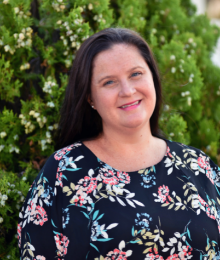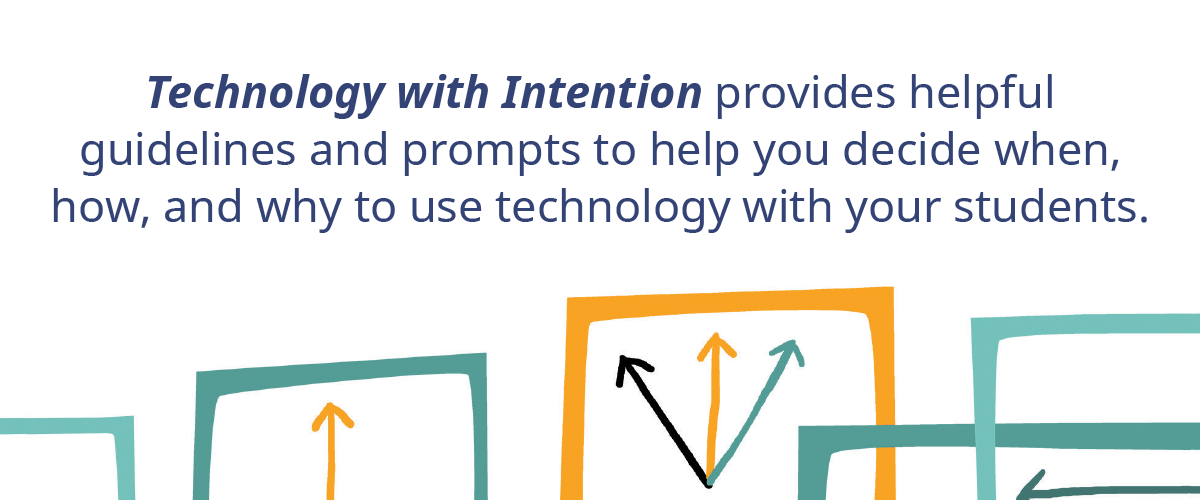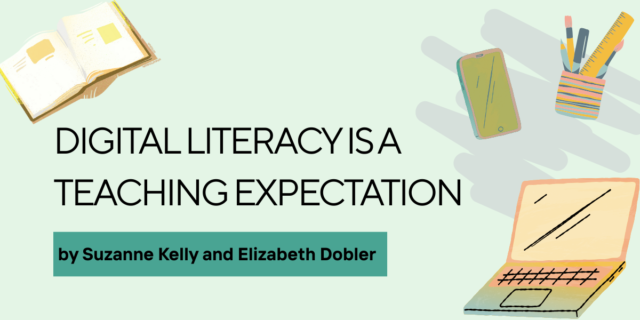
As teachers prepare to return to the classroom for a new school year, we each have a decision to make. In what intentional ways will technology be integrated into my literacy teaching? During the last school year (and a bit more), many decisions about the use of technology for teaching and learning were made from a sense of urgency and necessity. Let’s face it, for some, technology was the only way school could continue. For others, technology brought together in-person and virtual students. Technology also kept students and teachers in touch with the world outside the classroom through virtual author visits, virtual field trips, and access to current events during a troubling time.
But now, as school is on the path to “normalcy”, educators must decide what role technology will play in teaching and learning when students are mostly back in person. Which approach do we take?
The genie is out of the bottle and can’t be put back in - technology should continue to be the driving force for teaching and learning.
-OR-
Our students had more than enough screen time and need to return to a focus on face-to-face, rather than face-to-screen teaching and learning.
We believe both opinions have merit, and the answer to the question lies somewhere in between. We know for sure, any decision about integrating technology into literacy instruction must hinge on making intentional decisions for technology use. Digital devices must serve a purpose – letting us and students learn more efficiently and with more depth and to experience concepts in a new way. Technology should not be used just because it’s there. Technology should be used for a specific purpose that can’t be accomplished in the same way without it.
In Suzanne’s classroom there is evidence of a literacy rich environment with intentional use of technology to bring forth effective teaching and learning practices. Some students might be quietly reading in book clubs, others might be exploring a topic in a small group seminar setting with virtual reality headsets, while others can be found recording themselves as they read aloud to use as a guide to set goals for future conferences. This classroom has kids who are actively engaged in their learning because of the planned, intentional use of technology. As educators we want to work smarter not harder, and we can do this by using technology to deepen learning.
We would like to share one particular project where Suzanne’s students work in a cross grade setting, fourth and fifth graders, exploring robotic simulation. The main goal of this project was for students to choose a topic they were interested in and use different literacy skills to immerse themselves in and research robotic simulation. Throughout the project Suzanne met with groups of fourth and fifth grade students to teach and guide their:
- analysis of information
- synthesis of ideas
- use of context clues to tackle complex words
- development of higher order thinking questions.
But Suzanne knew that the best way for these kids to truly understand robotic simulation was to experience it. The students were instructed to use Webots, a robotic simulation software, to develop robots and codes. The kids were really in the moment, living the life of an engineer, feeling the real life frustration in the exact same moment and way engineers might.
Technology gave access to this real world experience and connections that helped the kids recognize what robotic simulation is and why using a simulator is more cost and time efficient than building with concrete materials. The use of technology in this lesson was intentional with a well thought out plan to deliver instruction and clear expectations for student learning.
Not only did the tech provide for real world, real time connections but it also allowed the students easier access to students in another grade to lift their level of conversations and thinking. The tech allowed for kids to work together, with one student sharing the simulator and others suggesting different codes and movements for the robots. Technology can be powerful if used in a purposeful way.
So as you mentally and physically prepare for a return to school, consider how you will integrate technology into literacy instruction. Look for purposeful ways technology can support students’ learning at a deeper level, such as asking questions about the world around us, then searching for and evaluating the quality of information found online to answer their questions. Consider the good things you will bring into this school year from a year (or more) of intense technology use and balance these with the relationships needed to promote literacy and learning in your classroom.
To learn more about Technology with Intention visit Heinemann.com.

Suzanne Kelly has been an educator for fourteen years in the New York City Department of Education public school system. Suzanne graduated The University of Scranton with a bachelor’s degree in elementary education and holds a master’s degree in literacy. She currently serves as a teacher leader under the New York City Department of Education Teacher Career Pathways program focusing on educational technology.

Elizabeth Dobler has been an educator for thirty-four years, in the roles of an elementary classroom teacher, library media specialist, resource center director, and university professor. Currently, Beth supervises pre-service teachers and teaches undergraduate and graduate courses in digital literacy, reading, and language arts at Emporia State University, Emporia, Kansas.



